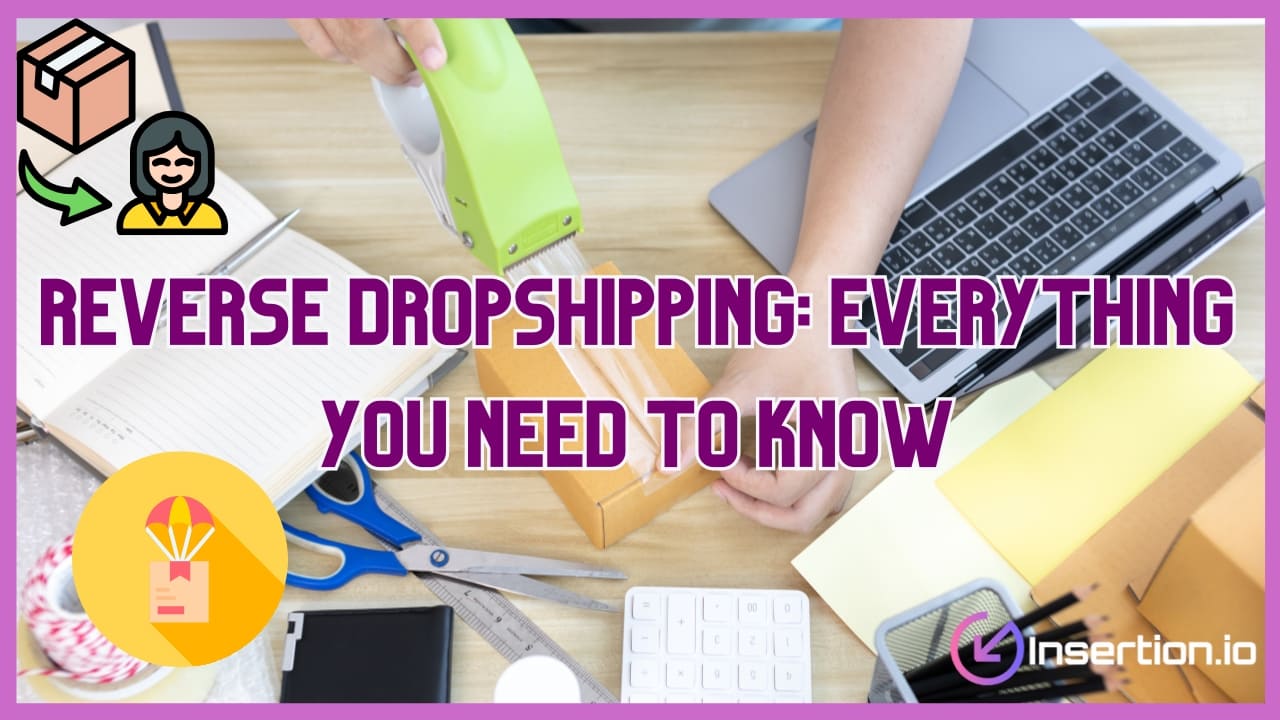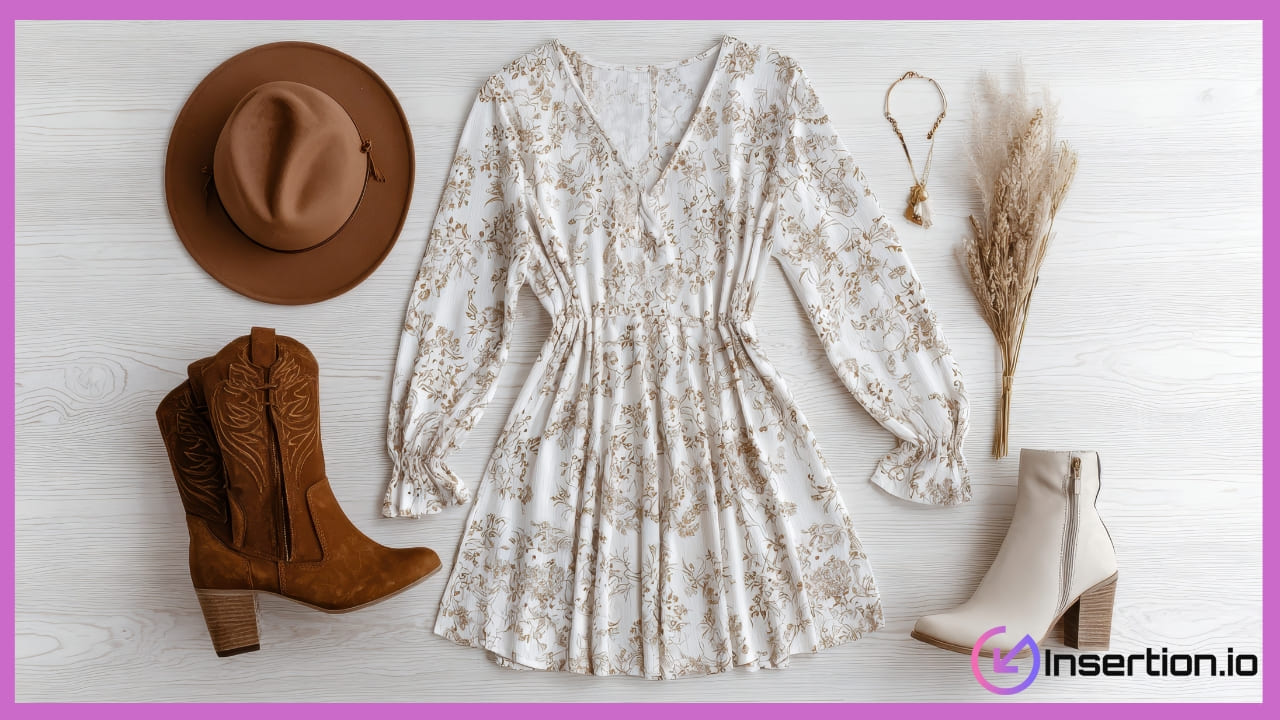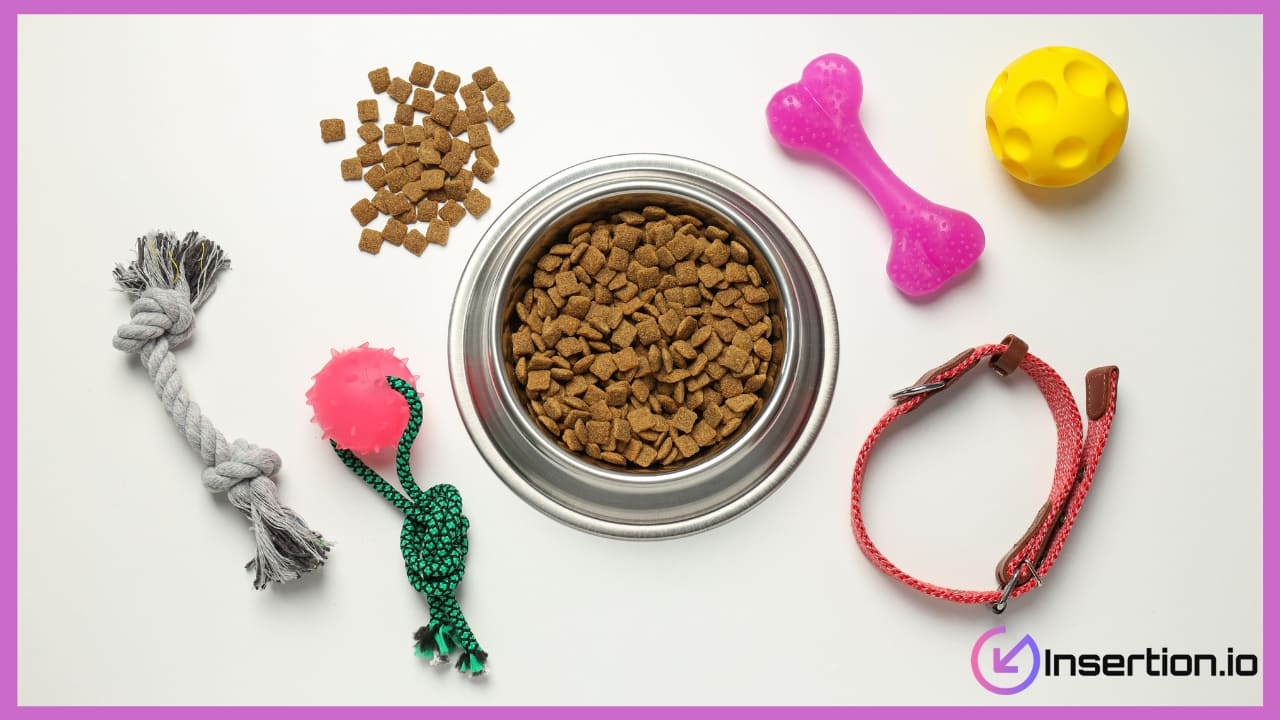
Do you oftentimes struggle to sell quality items in markets saturated with cheap, low-end goods? Many entrepreneurs find that the traditional dropshipping model is faced with harsh competition and low margins. Consumers in many emerging markets are increasingly demanding premium products made in developed countries, creating new opportunities for these countries. Reverse dropshipping offers a solution by enabling sellers to source products from suppliers in developed nations and sell them to customers elsewhere, thereby providing high-quality goods.
This guide will walk you through everything you need to know, from how reverse dropshipping works to its challenges, pros, and how to get started.
What is Reverse Dropshipping?
Reverse dropshipping is a business model that involves sourcing high-quality products from developed countries. Unlike traditional dropshipping, which focuses on low-cost products from countries such as China, reverse dropshipping inverts the standard dropshipping model entirely. Instead, reverse dropshippers sell premium products from developed markets to customers in developing regions willing to pay more. This approach emphasizes branded products, premium product quality, and higher profit margins compared to traditional dropshipping. Reverse dropshipping offers businesses the opportunity to target a niche audience seeking high-quality products. Consequently, a dropshipping business can achieve success by offering products directly, thereby achieving better margins.
How Reverse Dropshipping Works
1. Pick Your Products:
Reverse dropshipping involves selling products from developed countries, rather than sourcing them from countries like China. Businesses typically focus on premium, high-quality, or branded products that customers are willing to pay more for. Unlike traditional dropshipping, this model focuses on selecting niche items that yield higher profit margins. A reverse dropshipper must choose the right products to sell, particularly high-value products from Western suppliers. Moreover, reverse dropshipping products may include beauty products, health items, or other quality products. Ultimately, your selection of products determines whether your dropshipping business succeeds or faces challenges.
2. Find Reliable Suppliers:
A successful dropshipping business depends chiefly on securing a dependable dropshipping supplier from developed countries. Reverse dropshipping focuses on sourcing high-quality products from suppliers, rather than low-cost products. Consequently, you must partner with suppliers who can provide products directly and ensure consistent logistics management. Since dropshipping requires trust, finding suitable suppliers for this method is more challenging than in regular dropshipping. Besides product quality, a supplier must handle international shipping efficiently and manage margins better than traditional dropshipping suppliers. Evidently, the supplier relationship is the foundation of this business model and has a direct impact on the profit margin.
3. Set Up Your Online Store:
To start a dropshipping business, you must build a professional dropshipping website or store. The dropshipping model allows entrepreneurs to sell products without holding inventory, which applies identically here. However, reverse dropshipping stores often feature premium products from developed countries rather than low-cost items. Furthermore, your dropshipping store should target the right niche and emphasize the premium benefits of its products. Another factor to consider is optimizing your online store for international customers, as dropshipping involves cross-border sales. Lastly, success in reverse dropshipping depends considerably on branding and design that convince buyers of product quality.
4. Take Orders and Forward Them to Your Supplier:
When customers purchase from your dropshipping store, you forward the order straightaway to your supplier. Reverse dropshipping offers a straightforward process, although logistics and margins are comparatively different than in traditional dropshipping. The dropshipping model requires you to work with suppliers in developed countries who handle packaging and shipping. Additionally, the supplier ships products directly to your customers, ensuring smooth order fulfillment and reducing unnecessary inventory costs. Thus, a reverse dropshipper avoids holding stock, much like standard dropshipping. Ultimately, success in reverse dropshipping hinges on effective coordination between your business and dropshipping supplier partners.
5. Navigate International Shipping and Customs:
Reverse dropshipping often requires international shipping because products are sourced from Western or developed markets. Unlike traditional dropshipping, reverse dropshipping involves selling products across borders, so customs processes must be considered carefully. Logistics challenges may arise since international shipping costs can be higher than traditional dropshipping model practices. Moreover, dropshipping could face delays due to regulations, tariffs, or product restrictions in certain target markets. To build a successful dropshipping business, it is essential to plan customs clearance and documentation in advance. Consequently, overcoming these logistics barriers ensures that premium products from developed countries reach customers safely and in a timely manner.
Dropshipping vs. reverse dropshipping: What’s the difference?
| Aspect | Traditional Dropshipping | Reverse Dropshipping |
|---|---|---|
| Core Concept | Selling low-cost products (often from China or other low-cost regions) to high-income markets like the US or Europe. | Selling high-quality, premium products (often from the US/Europe) to developing markets with growing middle-class demand. |
| Suppliers | Suppliers or brands in developed countries are known for premium goods. | Suppliers or brands in developed countries known for premium goods. |
| Products | Affordable, mass-produced items such as electronics accessories, clothing, or home gadgets. | Luxury or premium products such as skincare, supplements, branded fashion, or specialty foods. |
| Target Market | Developed markets with higher purchasing power. | Intense competition, long shipping times, and product quality issues. |
| Profit Margins | Often thin, relying on volume sales. | Higher margins per product, but lower overall sales volume compared to traditional dropshipping. |
| Challenges | Easy to start, with low upfront investment and scalability that can be quickly achieved. | Market education, high import duties, limited supplier willingness, smaller customer base. |
| Benefits | Easy to start, low upfront investment, scalable quickly. | Less competitive, premium positioning, stronger brand perception. |
| Business Model Focus | Cost advantage. | Typically, overseas manufacturers are in low-cost countries. |
Popular Products For Reverse Dropshipping
1. Beauty and skin care products:

Reverse dropshipping focuses on offering beauty products and skin care lines from developed countries. Unlike traditional dropshipping, these products are sourced from premium brands that guarantee quality products customers are willing to pay for. A reverse dropshipper can sell products like serums, organic creams, or branded beauty products. Consequently, such products for reverse dropshipping allow businesses to achieve higher profit margins compared to traditional dropshipping.
2. Health supplements:

Health supplements are ideal for a reverse dropshipping business because consumers prefer high-quality products from Western suppliers. This niche offers products directly from developed countries, including vitamins, proteins, and herbal formulations. Since reverse dropshipping involves sourcing premium products, health supplements deliver higher profit margins and long-term customer loyalty. Moreover, products for dropshipping, such as supplements, appeal to a target market willing to pay a premium.
3. High fashion:

Reverse dropshipping could be highly profitable when businesses sell premium product lines such as branded clothing and accessories. Products are sourced from developed countries, rather than from countries like China, ensuring customers receive high-quality products. Selling products like designer clothing or luxury handbags through a dropshipping store significantly enhances customer trust. Ultimately, this reverse dropshipping model enables businesses to establish a successful operation with higher margins.
4. Premium pet supplies:

Premium pet supplies are becoming popular products for reverse dropshipping businesses worldwide. Unlike traditional dropshipping model practices, these products are sourced from developed countries and offer unmatched product quality. A reverse dropshipper can sell products like organic food, luxury beds, or high-value grooming tools. Therefore, this selection of products ensures higher profit margins because pet owners are generally willing to pay extra.
5. Technology:

Technology products from developed countries are ideal for reverse dropshipping because customers trust Western brands emphatically. Reverse dropshipping offers opportunities to sell products like headphones, laptops, smart devices, and branded accessories. Since reverse dropshipping involves selling products directly from reputable suppliers, businesses can achieve higher margins than traditional dropshipping. Furthermore, the dropshipping model focuses on sourcing high-quality products, making technology an ideal and profitable category for dropshipping.
6. Home décor items:

Home décor products for reverse dropshipping involve sourcing high-quality products from Western or developed markets. Businesses can offer products like premium lighting, handcrafted furniture, or branded interior design accessories. Unlike traditional dropshipping, these products are specifically targeted towards a niche audience seeking high-quality, stylish products. Consequently, dropshipping businesses selling home décor achieve higher profit margins and build sustainable customer loyalty over time.
Conclusion
Reverse dropshipping presents a promising alternative to traditional dropshipping, enabling you to deliver premium, branded products from developed countries to markets that seek quality. It offers higher profit margin potential and access to niche audiences willing to pay more. Yet it also demands careful supplier vetting, logistics planning, regulatory compliance, and effective marketing. If approached strategically, this business model can become a successful dropshipping venture with sustainable growth. Now the rest of this article gives you a full guide to start, scale, and thrive with dropshipping, so what’s your next move?
FAQs
Is this type of online business profitable for beginners?
Yes, it can be profitable if you choose the right niche and focus on high-quality products.
What skills are helpful to run such a business?
A basic understanding of e-commerce, product research, marketing, and international shipping is highly beneficial.
Do I need a big budget to get started?
Not really. You can begin with a small investment, but costs like shipping and suppliers must be considered.
How do I find trustworthy product suppliers?
Look for suppliers through wholesale platforms, direct brand partnerships, or industry trade fairs.
Which markets are best to target?
Countries with growing middle-class demand, limited access to premium goods, and increasing online shopping adoption are ideal.
Can I automate most of the processes?
Yes, store management, order tracking, and payment systems can be automated with the right tools.sses best.


Leave a Comment